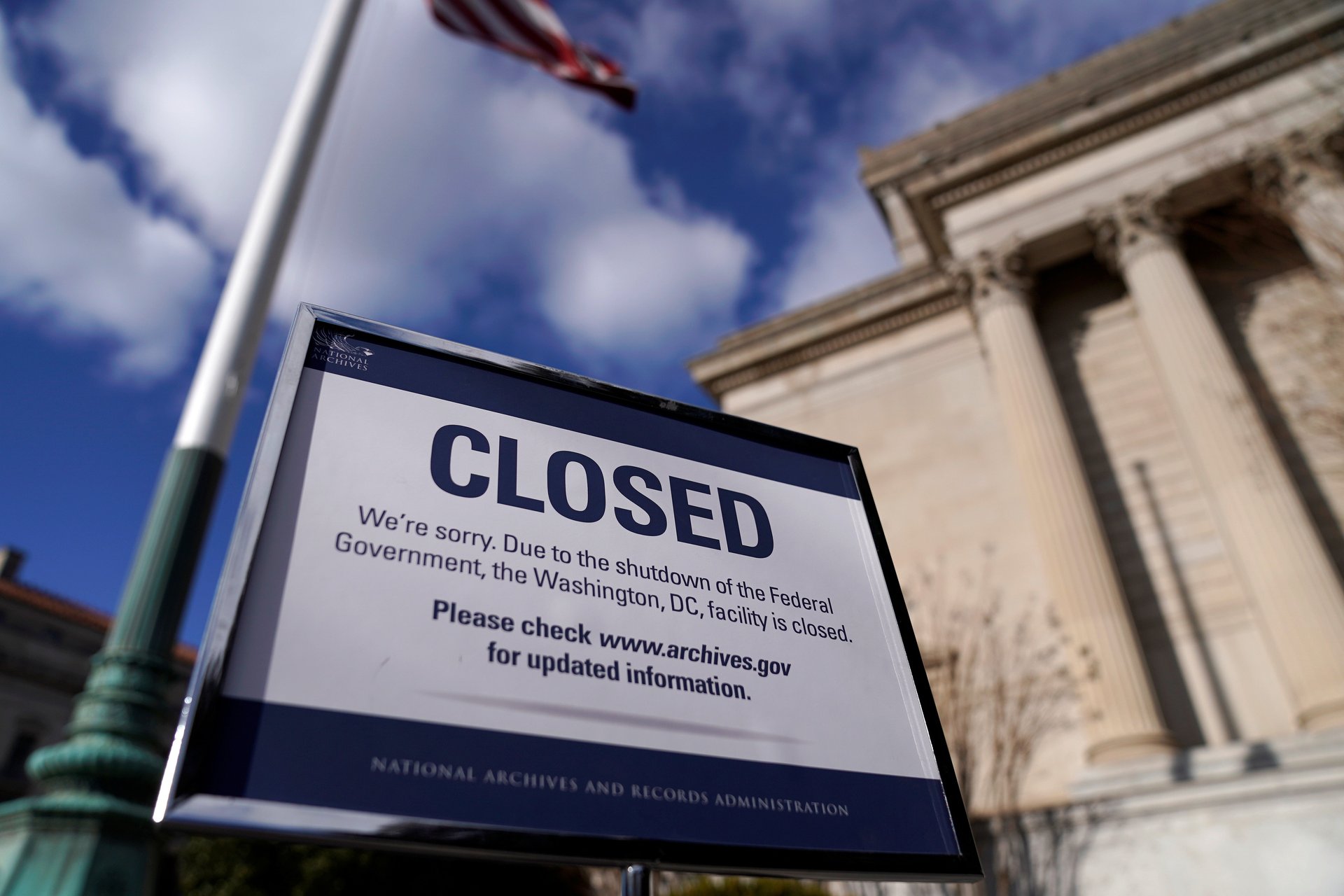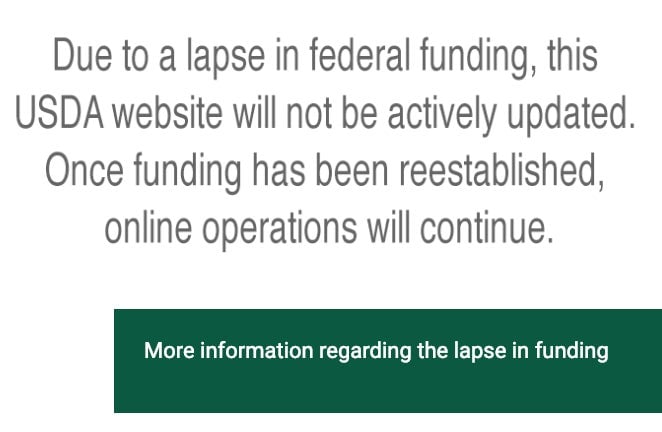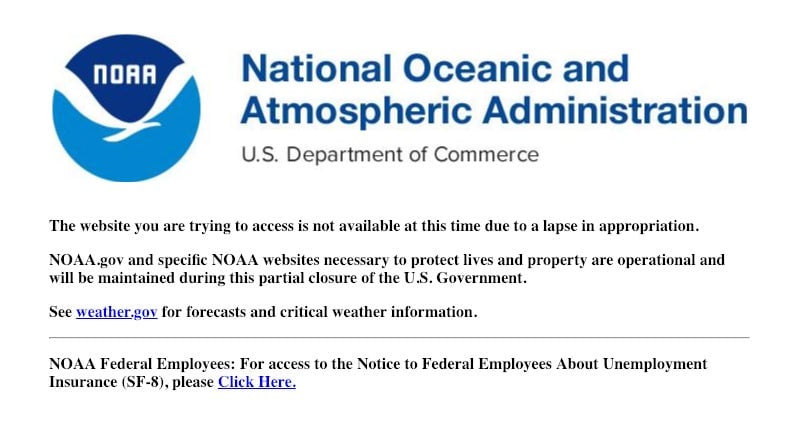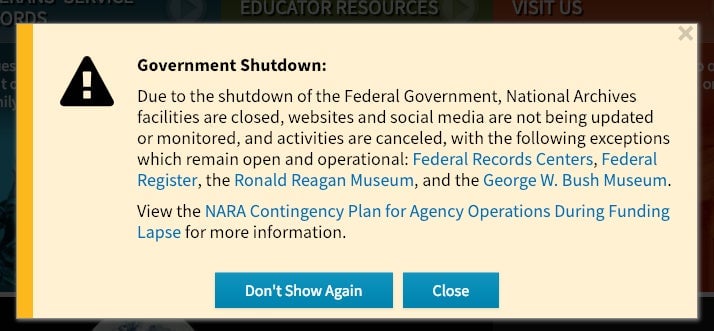Journalists can’t do their jobs because of the government shutdown
The average American probably doesn’t feel the impact of a federal government shutdown directly. Most essential services are unaffected, because the majority of government functions that “maintain the safety of human life and the protection of property” are preserved. A shutdown is more of a slow burn, patiently sucking away the ability of government agencies to advance their work on important long-term missions. It also slows and sometimes even stops reporters from effectively doing their jobs.


The average American probably doesn’t feel the impact of a federal government shutdown directly. Most essential services are unaffected, because the majority of government functions that “maintain the safety of human life and the protection of property” are preserved. A shutdown is more of a slow burn, patiently sucking away the ability of government agencies to advance their work on important long-term missions. It also slows and sometimes even stops reporters from effectively doing their jobs.
At Quartz, at least four journalists were stymied this week by government websites that have been closed due to current lack of funding. These are not the archives of small, niche agencies, but rather key sources of essential—and public—data from the biggest sectors of the federal government.
Ephrat Livni, who covers the courts and legal issues for Quartz, typically checks the Department of Justice at the start of every week. Here’s what she saw this week:

Ana Campoy, who reports on international relations, was looking for a US Department of Agriculture report on international wheat trade. Instead, she got this message:

Amanda Shendruk, a Quartz data reporter, was trying to find out how the US government measures tsunamis. Her search led her to the National Oceanic and Atmospheric Administration, but she couldn’t get the information she needed. Here’s what she saw instead:

I came across the same message this morning while trying to report on the financial impacts of extreme weather events. NOAA put out a study earlier this year that counted up the US losses that resulted from 2017’s extreme weather events. I currently cannot access this study.
In the short term, of course, these are not immediate life-or-death matters. Funding is still available for the clinical care provided by Indian Health Services, the National Institutes of Health, and the Department of Veterans Affairs; the majority of DOJ functions (including immigration review, perhaps to president Trump’s chagrin); the USDA’s food-safety programs; and the emergency-weather services of the NOAA, to name just a few. (Every government agency is required to have a contingency plan for funding lapses, and they are all available at whitehouse.gov.)
However, research, development, and advancement in these agencies and others are now closed for business. Further, the lack of public access to public data is troubling, and potentially dangerous. Beyond the examples our staff came across, there are a number of other agencies either no longer publishing new data, no longer updating their websites, or whose sites are now entirely inaccessible. Those include the Department of Commerce, the US Census, the Department of Interior, the Department of Homeland Security (which includes FEMA), and the National Archives—which has a few interesting exceptions:

The Reagan and W. Bush museums and sites are open, but the HW Bush, Clinton, and Obama museums and sites are shut down. It’s unclear why.